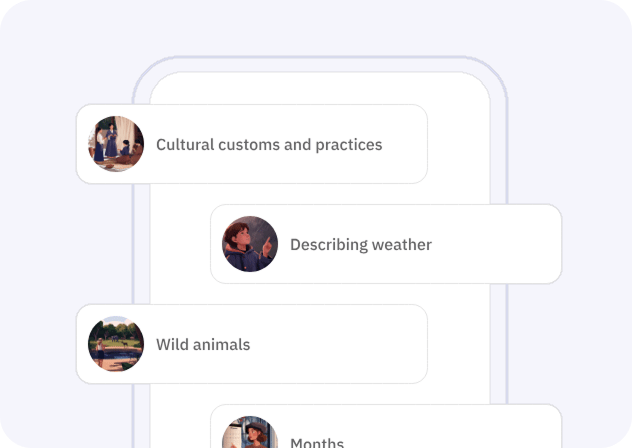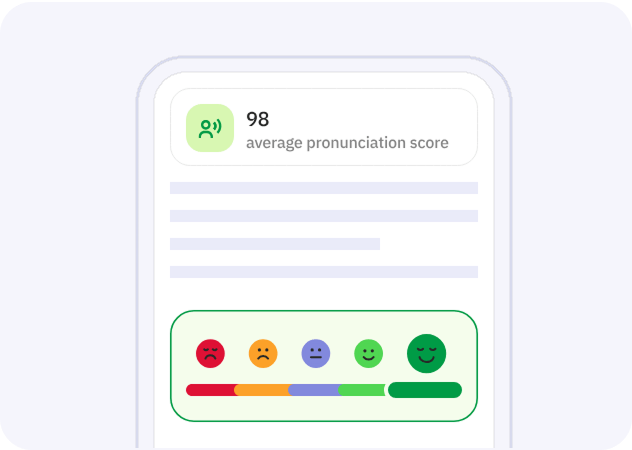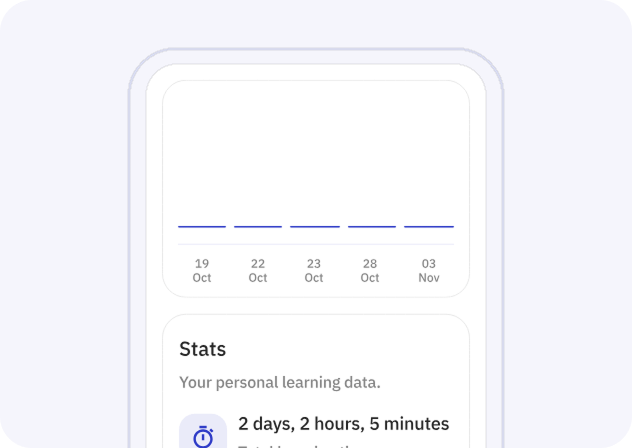Babbel vs Duolingo: Which App Provides More Efficient Language Learning?
Are you contemplating embarking on a linguistic journey? Well, welcome aboard the language learning express! But wait, where’s the locomotive taking us? Babbel or Duolingo? The quest for the ideal language learning tool has had language enthusiasts at crossroads. Babbel vs Duolingo – two heavyweights of the language learning industry. But which of these champions will help you rock the bilingual cocktail party? Let’s dive into pool of linguistic wonders.

The most efficient way to learn a language
Try Talkpal for freeTechnology and the Language Learning Revolution
Remember the days when giant dictionaries and phrasebooks were our only companions on the road to learning a new language? The 21st century, with its groundbreaking advancements in artificial intelligence (AI), spun that reality on its head. Amid these AI trailblazers, TalkPal has emerged as a prominent figure, a language learning platform efficiently marrying technology with linguistic pedagogy. The AI’s adaptability and machine learning dynamics propel personalized language learning experiences – a handy magic wand in the linguistic realm.
Babbel or Duolingo
Babbel: A Snapshot
Bordered in Berlin, Babbel stepped onto the language learning stage in 2007. Designed as a pay-to-use platform, Babbel offers structured courses in 14 languages. Its curriculum encompasses real-life dialogues, focusing on vocabulary building and grammar usage.
Duolingo: A Glance
“Our aim – free language learning for the world” – subtle yet powerful words sit at the core of Duolingo’s vision. Ever since its launch in 2012, the language app, boasting playful aesthetics and bite-sized lessons free of charge, has attracted considerable user interest. Featuring a plethora of languages, Duolingo believes in ‘learn while you play’.
Babbel vs Duolingo: A Comparative Analysis
1. Teaching Style
While Babbel’s structure follows well-structured lessons inspired by CEFR (Common European Framework of Reference for Languages), Duolingo adapts a gamified learning approach, sprinkling mini-stories and challenges throughout the course. Though both styles have their appeal, your choice ultimately boils down to personal preference.
2. User Interface
In terms of user interface, both apps offer clear navigation and simple graphics. Duolingo, however, takes the cake with its mascot and cartoonish design adding a fun element to the somewhat daunting process of language learning.
3. Content Structure
If continuity in learning is your preference, Babbel follows a linear learning path, scaffolding new information atop prior knowledge. Meanwhile, Duolingo encourages jumping between sections, promoting sporadic rather than progressive learning.
4. Supplementary Learning Tools
Babbel offers a review feature, keeping your newly acquired skills refreshed and polished. In contrast, Duolingo brings in ‘Duolingo Stories’ and ‘Duolingo Events’, providing learners with exciting additional resources.
Conclusion
In the Babbel vs Duolingo face-off, declaring a clear-cut winner is no mean feat. Both platforms are powerhouses of features suitable for different learning styles. Whether it’s the systematic approach of Babbel or the gamified learning experience of Duolingo, the choice is uniquely yours. But remember, language learning, much like the act of cooking, requires patience, seasoning with practice and served up with confidence. Bon Appétit!
The most efficient way to learn a language
Try Talkpal for freeFrequently Asked Questions
Which platform, Babbel or Duolingo, is better for beginners?
Are Babbel and Duolingo good choices for advanced language learners?
Which platform offers more languages?
Are the platforms' curricula designed by language experts?
Can I learn more than one language simultaneously on these platforms?
The talkpal difference

Immersive conversations
Each individual learns in a unique way. With Talkpal technology, we have the ability to examine how millions of people learn simultaneously and design the most efficient educational platforms, which can be customized for each student.

Real-time feedback
Receive immediate, personalized feedback and suggestions to accelerate your language mastery.

Personalization
Learn via methods tailored to your unique style and pace, ensuring a personalized and effective journey to fluency.




